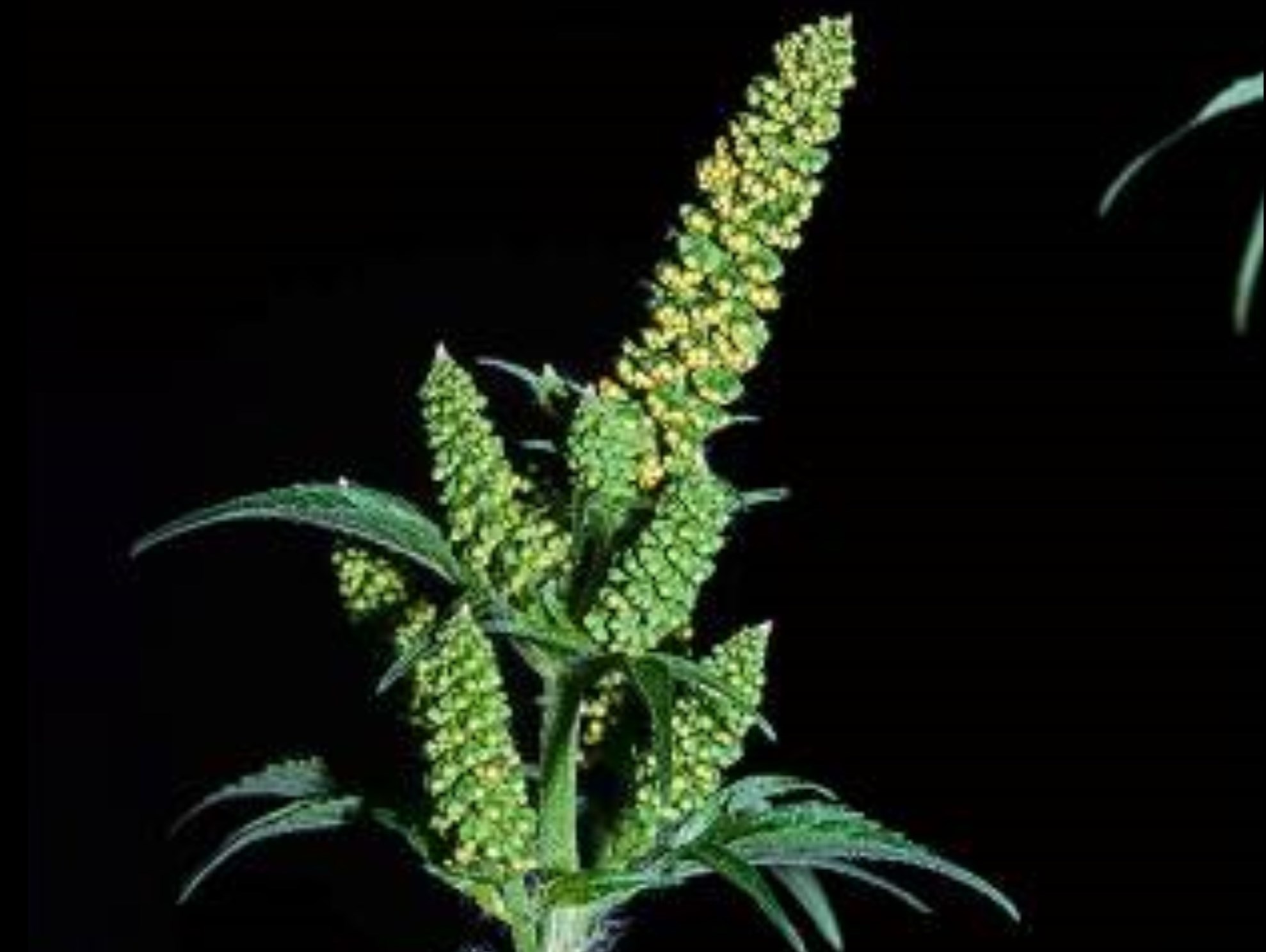Created on: Tuesday, May 3rd, 2016
The following webpages were consulted for this screen:
GBIF: http://www.gbif.org/species/3110588;
Tropicos: http://www.tropicos.org/Name/2700037?tab=synonyms;
USDA PLANTS: http://plants.usda.gov/java/nameSearch;
The Plant List: http://www.theplantlist.org/tpl/record/gcc-7636;
ARS GRIN: https://npgsweb.ars-grin.gov/gringlobal/taxonomydetail.aspx?id=103827;
Wikipedia: https://en.wikipedia.org/wiki/Ambrosia_trifida;
Opinion of the Scientific Panel on Plant Health on the pest risk assessment made by Poland on Ambrosia spp.: http://www.efsa.europa.eu/sites/default/files/scientific_output/files/main_documents/528.pdf;
CABI: http://www.cabi.org/isc/datasheet/4693;
Thesis: https://etd.ohiolink.edu/!etd.send_file?accession=osu1181937971&disposition=inline;
Encycloweedia: https://www.cdfa.ca.gov/plant/ipc/encycloweedia/weedinfo/ambrosia.htm;
Jepson: http://ucjeps.berkeley.edu/eflora/eflora_display.php?tid=835;
eFloras: http://www.efloras.org/florataxon.aspx?flora_id=2&taxon_id=200023073;
PFAF: http://www.pfaf.org/user/Plant.aspx?LatinName=Ambrosia+trifida;
USDA PLANTS: http://plants.usda.gov/core/profile?symbol=AMTR;
Beal Botanical Garden: http://www.cpa.msu.edu/beal/plantofweek/plants/ambrosia_trifida_20070924.pdf;
Illinois Wildflowers: http://www.illinoiswildflowers.info/weeds/plants/giant_ragweed.htm;
Tree of Life: http://tolweb.org/treehouses/?treehouse_id=4605;
Dave’s Garden: http://davesgarden.com/guides/pf/go/32069/;
Calflora: http://www.calflora.org/cgi-bin/species_query.cgi?where-calrecnum=300;
Yavapai County Native & Naturalized Plants: http://cals.arizona.edu/yavapaiplants/SpeciesDetailForb.php?genus=Ambrosia&species=trifida
Reviewed by Barb Castro and Elizabeth Brusati.
- < 13 : accept (low risk of invasiveness)
- 13 - 15 : evaluate further
- > 15 : reject (high risk of invasiveness)

